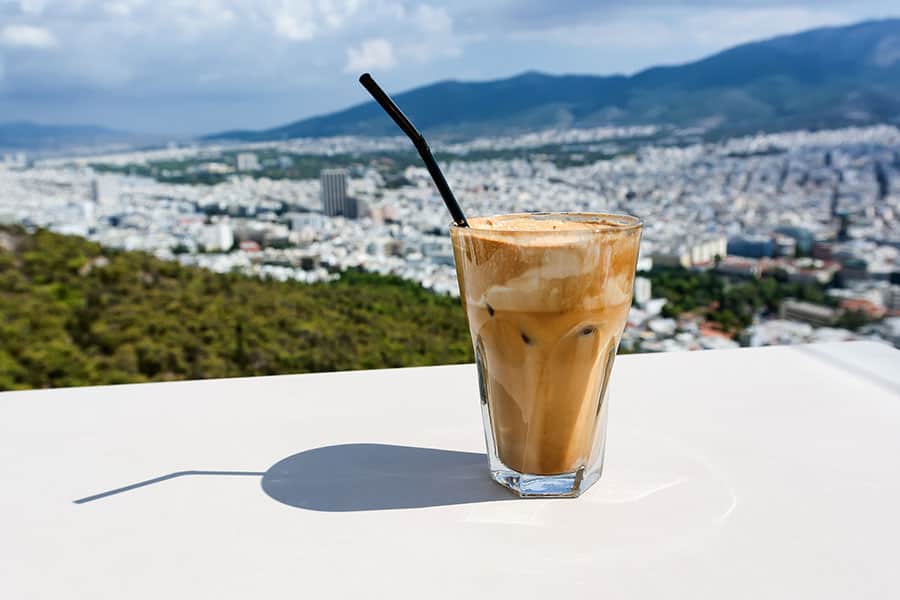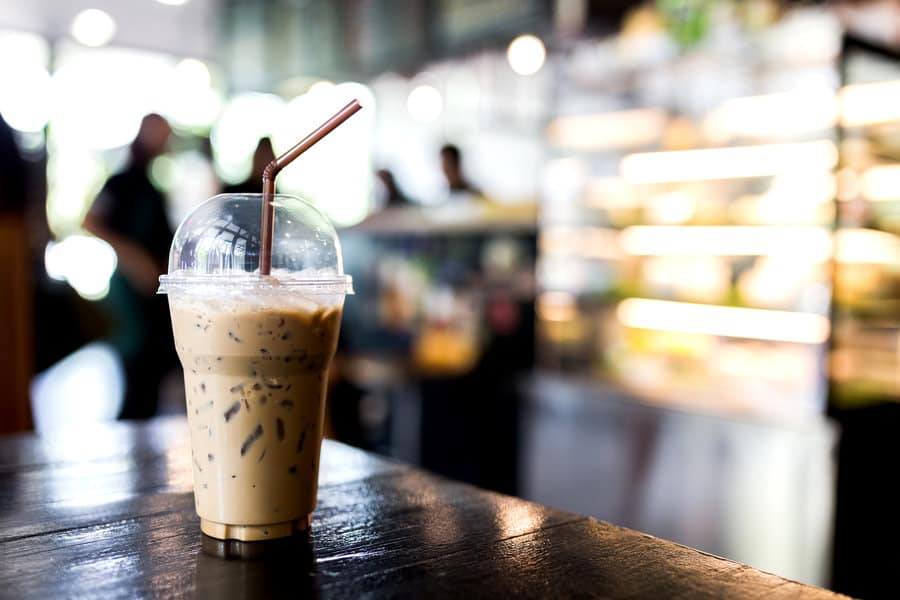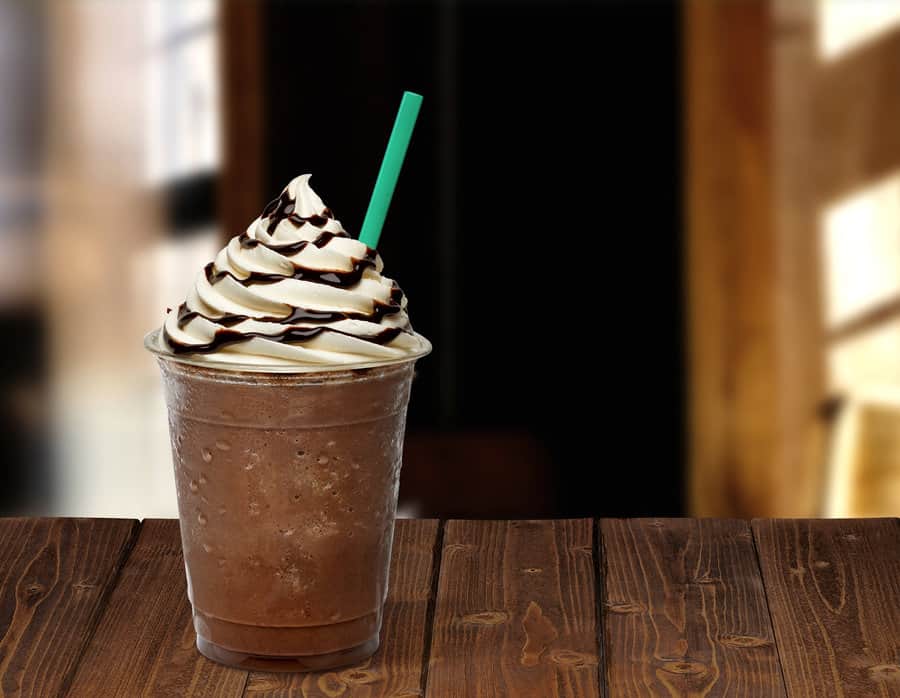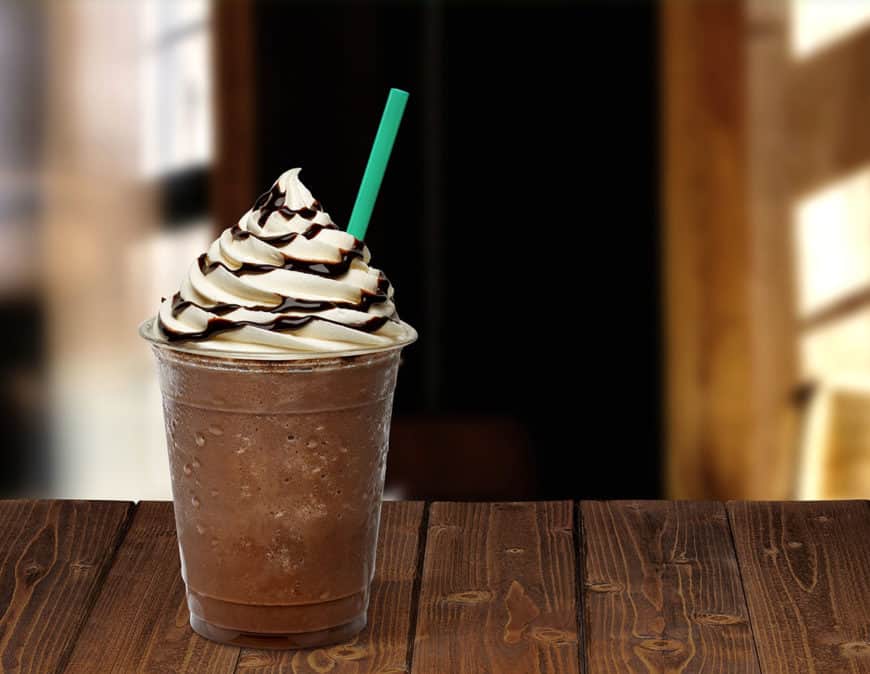
Navigating a coffee shop menu can feel overwhelming with all the chilled coffee options out there. Frappe, iced latte, and Frappuccino often get tossed around interchangeably, but each brings its own vibe, flavor, and story to the table.
Whether you’re a coffee purist or just craving something icy, understanding what sets these drinks apart can elevate your next order or home brewing session. This guide dives into their origins, ingredients, and unique traits to help you pick the perfect drink for any mood.
What Is a Frappe?
The frappe kicked off in 1957 in Thessaloniki, Greece, thanks to a stroke of improvisation. During a trade fair, Nescafé rep Dimitris Vakondios couldn’t find hot water for his instant coffee fix. He shook instant coffee with cold water, sugar, and ice instead, birthing a frothy, refreshing drink. The name “frappe,” borrowed from the French for “shaken” or “chilled,” nods to its preparation. A classic Greek frappe blends instant coffee, cold water, sugar, and ice, often with a dash of milk or evaporated milk for a creamy touch.
Frappes are always served cold, with a light, foamy texture from shaking or blending. Instant coffee gives them a milder flavor compared to espresso-based drinks, and you can tweak the sweetness—order it “sketos” (no sugar), “metrios” (medium sweet), or “glykos” (very sweet) in Greece. With about 65-125 mg of caffeine and 75-200 calories (depending on milk or sugar), frappes are a laid-back, budget-friendly choice you can easily whip up at home.
What Is an Iced Latte?

Hailing from Italy, the latte—meaning “milk coffee”—combines espresso with steamed milk and a thin foam layer in a 1:2 or 1:3 ratio. An iced latte tweaks this for warmer days, pouring cold milk and espresso over ice for a smooth, creamy sip with a bold coffee kick. Espresso delivers a richer, more robust flavor than instant coffee, and you can swap in any milk—whole, skim, soy, almond, or oat—for a personalized touch.
Iced lattes pack 75-150 mg of caffeine, depending on the espresso shots, and range from 100-200 calories based on milk and optional syrups like vanilla or caramel. They’re less sweet than frappes, letting the coffee and milk shine. Versatile and straightforward, iced lattes work year-round since you can enjoy them hot or cold, making them a go-to for coffee lovers who value simplicity with a touch of elegance.
What Is a Frappuccino?

The Frappuccino, a Starbucks staple, is a blended, milkshake-like drink that merges “frappe” and “cappuccino” in its name and concept. Born in Boston’s Coffee Connection in the early 1990s, it was snapped up by Starbucks in 1994 and turned into a global phenomenon.
Frappuccinos blend coffee (espresso, brewed, or Starbucks’ Frappuccino Roast instant powder), milk, ice, and sweeteners, often topped with whipped cream and drizzles. Flavors like mocha, caramel, or java chip add flair, and coffee-free creme versions cater to those skipping caffeine.
With a thick, slushy texture, Frappuccinos are the sweetest of the trio, clocking in at 300-500 calories and 0-185 mg of caffeine, depending on the recipe. They’re more dessert than daily coffee, perfect for indulgence. The endless flavor combos and customizable toppings make Frappuccinos a fun, decadent choice for treating yourself or switching things up.
How Do They Differ?
Frappes, iced lattes, and Frappuccinos each have distinct ingredients, textures, and vibes. A frappe leans on instant coffee, shaken or blended with water, sugar, and optional milk for a frothy, sweet sip. An iced latte pairs espresso with cold milk and ice, offering a creamy, coffee-forward taste. A Frappuccino blends coffee or espresso with milk, ice, and syrups, creating a rich, icy treat that’s closer to a dessert.
Texture sets them apart further: frappes are light and foamy, iced lattes are velvety and smooth, and Frappuccinos are thick and slushy. Frappes and Frappuccinos are cold-only, while lattes flex between hot and iced. Their origins—Greece for frappes, Italy for lattes, and the U.S. for Frappuccinos—add cultural flair. Nutritionally, frappes are the lightest, iced lattes strike a balance, and Frappuccinos tip toward indulgence.
This table breaks it down:
| Aspect | Frappe | Iced Latte | Frappuccino |
|---|---|---|---|
| Origin | Greece (1957) | Italy | USA (1990s, Starbucks) |
| Coffee Type | Instant coffee | Espresso | Espresso, brewed coffee, or instant |
| Milk | Optional (evaporated or other) | Cold milk (any type) | Milk (any type) + whipped cream |
| Sweetness | Sweet (sugar adjustable) | Mild (optional syrups) | Very sweet (syrups, sugar base) |
| Texture | Frothy, light | Smooth, creamy | Thick, slushy |
| Temperature | Cold only | Cold (hot latte option) | Cold only |
| Caffeine (approx.) | 65-125 mg | 75-150 mg | 0-185 mg |
| Calories (approx.) | 75-200 (with milk/sugar) | 100-200 (with milk) | 300-500 (with syrups/cream) |
Regional Twists and Common Mix-Ups
In New England, “frappe” means something else entirely—a milkshake made with ice cream, milk, and flavored syrup, blended creamy. In Rhode Island, it’s a “cabinet,” named after old ice cream storage cabinets. This regional version has no coffee, so don’t expect a Greek-style drink at a Boston diner. It’s a quirky reminder of how coffee terms shift by location.
Some confuse Frappuccinos with frappes due to their icy, blended nature, but Frappuccinos are sweeter, often espresso-based, and loaded with extras like whipped cream. Others mix up frappes and iced lattes, but the latte’s espresso and lack of blending make it distinct. Knowing these differences helps you order with confidence or spot menu mislabels.
Crafting Them at Home
Making these drinks at home is a breeze and lets you tweak flavors to your liking. Here’s how:
- Classic Greek Frappe: Mix 2 teaspoons instant coffee, 2 teaspoons sugar, and 2 tablespoons cold water in a shaker or blender. Shake for 30 seconds or blend for 15 seconds until foamy. Pour over ice, add cold water or evaporated milk, and stir. Adjust sugar or try almond milk for a twist.
- Iced Latte: Brew a double shot of espresso (or strong coffee). Fill a glass with ice, pour in ¾ cup cold milk, and add the espresso. Stir gently. Add a pump of hazelnut syrup or a sprinkle of cinnamon for extra flair.
- Frappuccino: Blend ½ cup brewed coffee or espresso, ¾ cup milk, 1 cup ice, 2 tablespoons sugar, and 1 tablespoon chocolate or caramel syrup. Blend until smooth, then top with whipped cream and a drizzle. For a caffeine-free version, skip coffee and boost vanilla syrup.
These recipes are flexible—dial up the coffee for a stronger kick or swap milks for dietary preferences. Instant coffee keeps frappes quick, while Frappuccinos shine with bold syrups.
Nutritional Breakdown
Health-conscious coffee fans might want to peek at the numbers. Frappes are the lightest, with 75-200 calories and 65-125 mg of caffeine, depending on milk or sugar. Iced lattes hit 100-200 calories and 75-150 mg of caffeine, influenced by milk type and syrups. Frappuccinos are the heaviest, with 300-500 calories and 0-185 mg of caffeine, thanks to syrups, cream, and sugar bases. Creme Frappuccinos, with no coffee, are a sweet, caffeine-free option.
If you’re watching calories, stick to a simple frappe or an iced latte with skim or plant-based milk. Frappuccinos are best as an occasional treat due to their dessert-like profile. Caffeine-wise, iced lattes and coffee-based Frappuccinos pack the most punch, while frappes offer a gentler buzz.
Which One’s For You?
Your ideal drink depends on what you’re after. Want a light, frothy refresher? A frappe’s easy prep and mild flavor make it a summer staple. Craving bold coffee with a creamy edge? An iced latte delivers sophistication without fuss. Feeling indulgent? A Frappuccino’s rich, customizable flavors hit the spot for a sweet escape.
Next time you’re scanning a coffee menu or blending your own creation, you’ll know exactly what makes a frappe, iced latte, and Frappuccino unique. Got a favorite flavor combo or home recipe? Drop it in the comments—we’re all ears for your coffee hacks!

